Your Secret Weapon Against Sun Damage? It’s Probably in Your Fridge.
In all my years as a skin therapist, I’ve seen clients who are absolutely devoted to their skincare routines. They’ve got the best cleansers, the buzziest serums, and—most importantly—a solid sunscreen habit. But I’ve learned that what we slather on our skin is only half the battle. The other, often-overlooked half, is built from the inside out.
One of the biggest ‘aha’ moments I have with clients, especially the ones who love being outdoors, is when we start talking about their diet. Not as a replacement for sunscreen, but as its powerful sidekick.
Let’s get one thing crystal clear right from the jump: No food or supplement will ever act like sunscreen. The whole idea of an “edible SPF” is a dangerous myth, and honestly, it makes me cringe. Your number one defense against the sun will always be a good broad-spectrum sunscreen, a wide-brimmed hat, and finding some shade. I’ve seen what happens when people cut corners here, and it’s not a risk worth taking.

So, what’s the point then? We’re talking about building up your skin’s natural resilience. It’s about giving your body the tools it needs to manage the stress that sun exposure throws at it. Think of it this way: Sunscreen is the shield you hold up. A nutrient-rich diet is the internal armor that helps repair any dings and dents that get through. It calms inflammation and supports the repair crew that’s always on call in your body.
First, What’s Actually Happening to Your Skin?
To get why food matters, you have to know your opponent. The sunlight hitting us contains different types of UV radiation, but the two we focus on are UVA and UVB.
UVB rays are the ones that cause that hot, red sunburn. They mess with the DNA in your skin’s top layers. While your body is pretty good at fixing this, too much exposure can overwhelm the system. On the other hand, UVA rays are sneakier. They go deeper, down to where your collagen and elastin hang out, and they’re the main culprits behind long-term aging—wrinkles, sagging, and sunspots. They do this by creating destructive little molecules called free radicals.
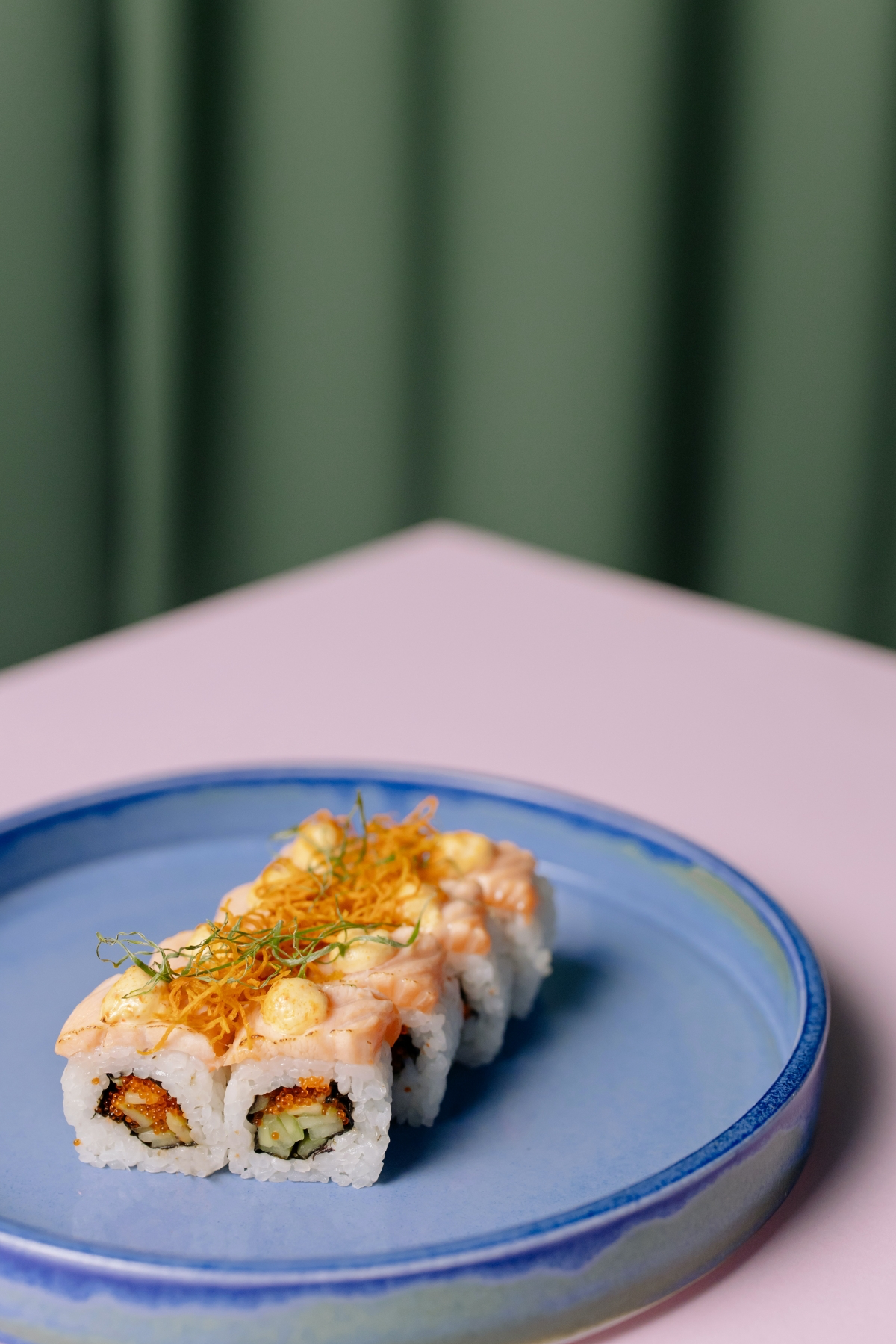
Imagine a free radical as a tiny vandal that’s missing something. To feel whole, it steals a part from a healthy skin cell, damaging it in the process. This kicks off a chain reaction of damage called oxidative stress. It’s a silent riot happening inside your skin, even on cloudy days. Your body has its own police force (antioxidants) to stop these vandals, but a day in the sun can deplete your forces fast. This is where your diet becomes the backup you call in.
The Key Players for Building Your Skin’s Armor
Instead of just giving you a list of
Galerie d’inspiration
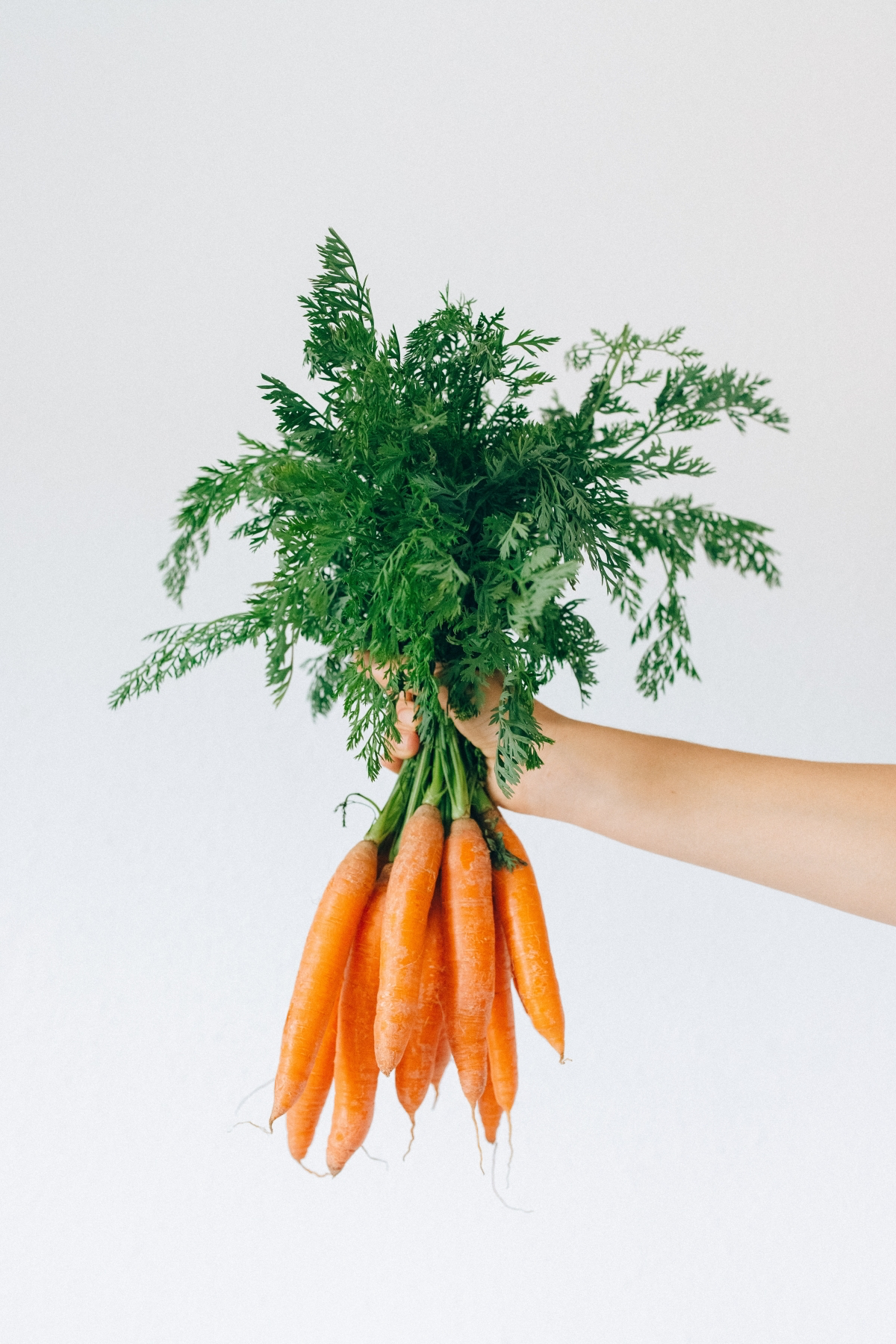
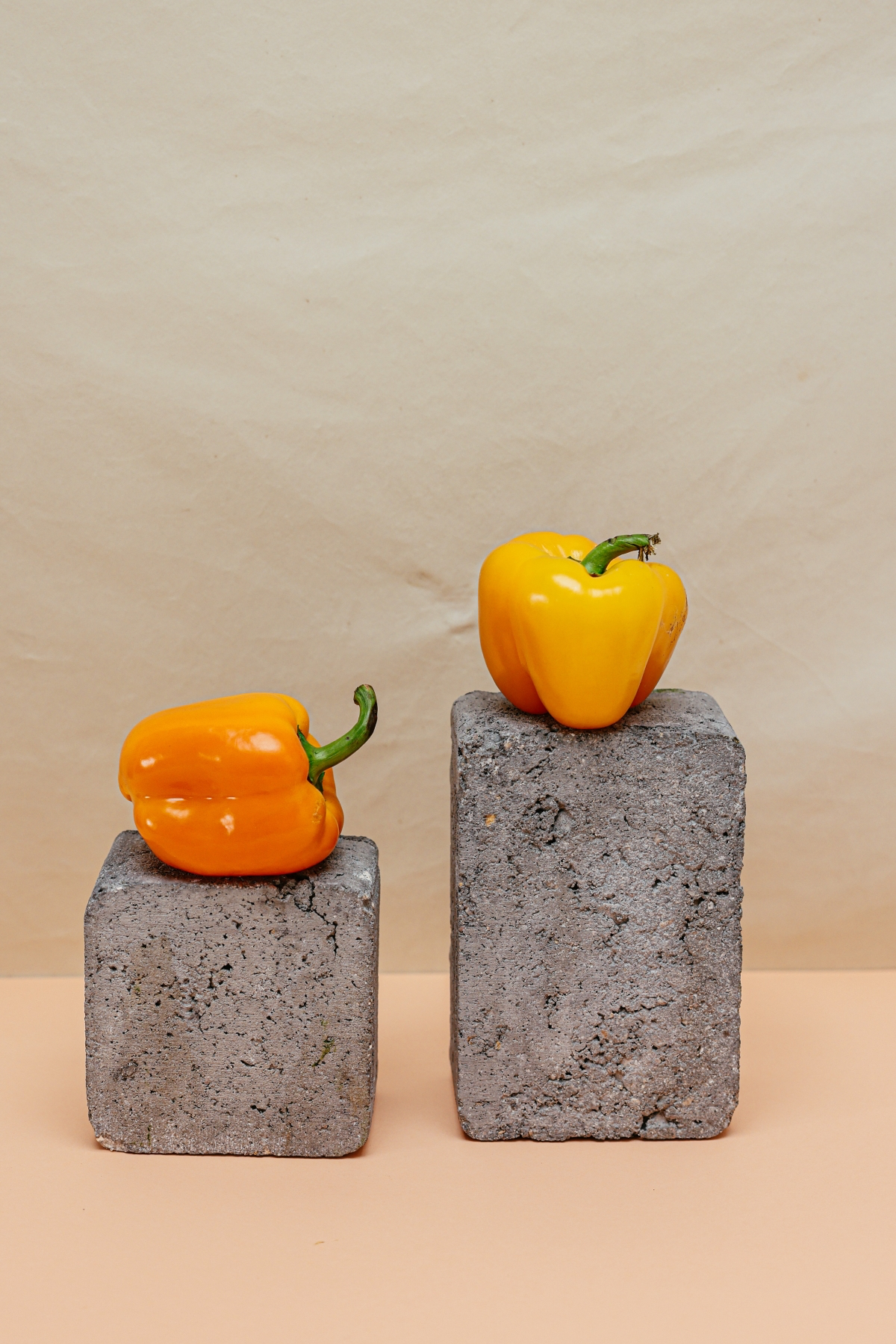
Can my morning cup of tea actually help my skin?
Absolutely, if you’re drinking the right kind. Green tea is packed with potent antioxidants called catechins, particularly EGCG, which have been shown to help protect skin cells from UV damage. The key is consistency. A single cup won’t do much, but making it a daily ritual can contribute to your skin’s overall resilience. For maximum benefit, opt for high-quality loose-leaf varieties like Japanese Sencha or Matcha, which contain higher concentrations of these protective compounds than many standard tea bags.
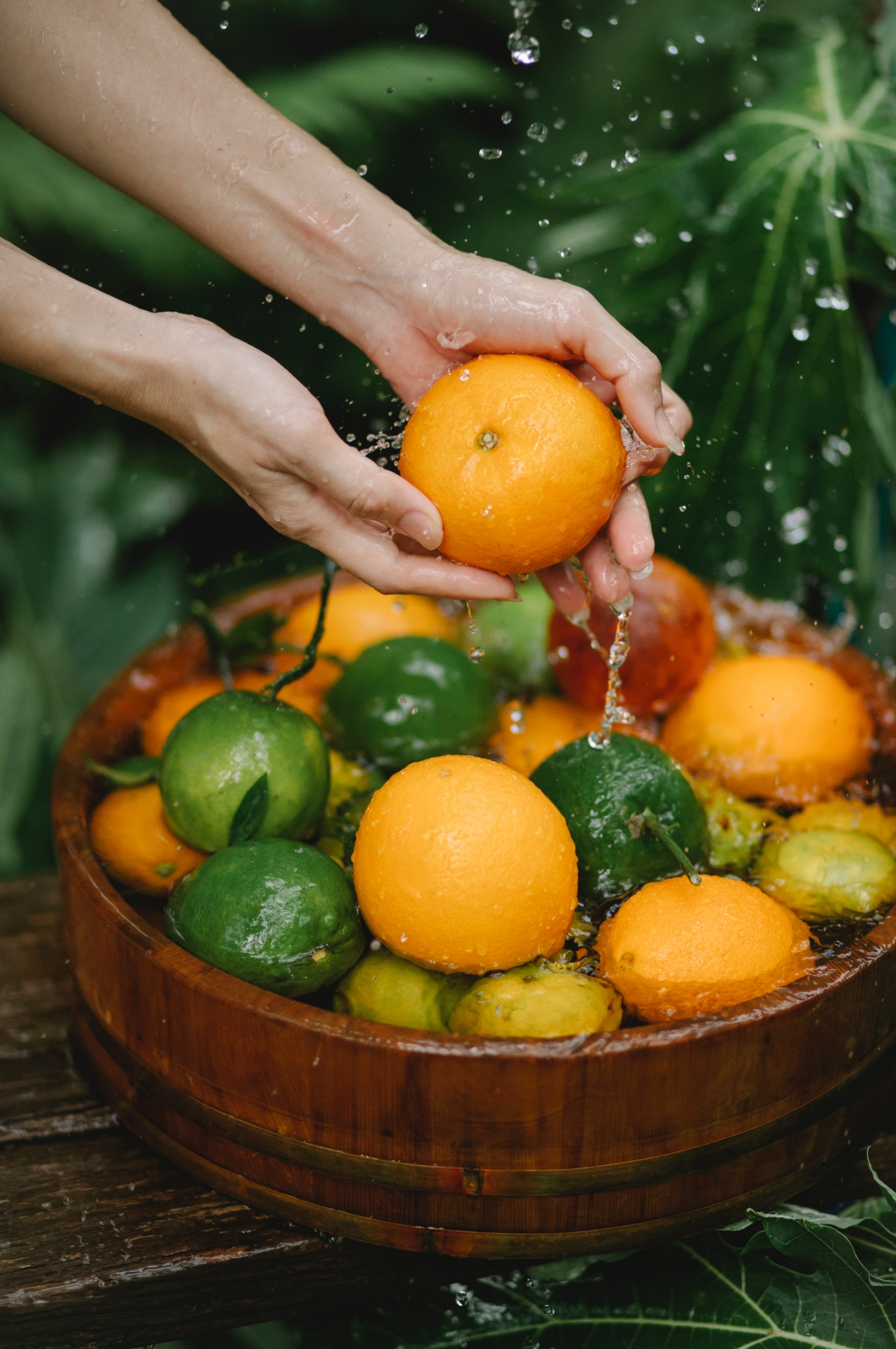
A 2017 study in the British Journal of Dermatology found that participants who consumed tomato paste daily for 12 weeks showed increased protection against UV-induced erythema (sunburn).
This doesn’t mean you can skip sunscreen, but it highlights the power of lycopene, the antioxidant that gives tomatoes their red color. Interestingly, lycopene becomes more bioavailable when cooked and consumed with a little fat. So, a drizzle of olive oil on your pasta sauce or roasted cherry tomatoes isn’t just delicious—it’s a smart strategy for your skin.
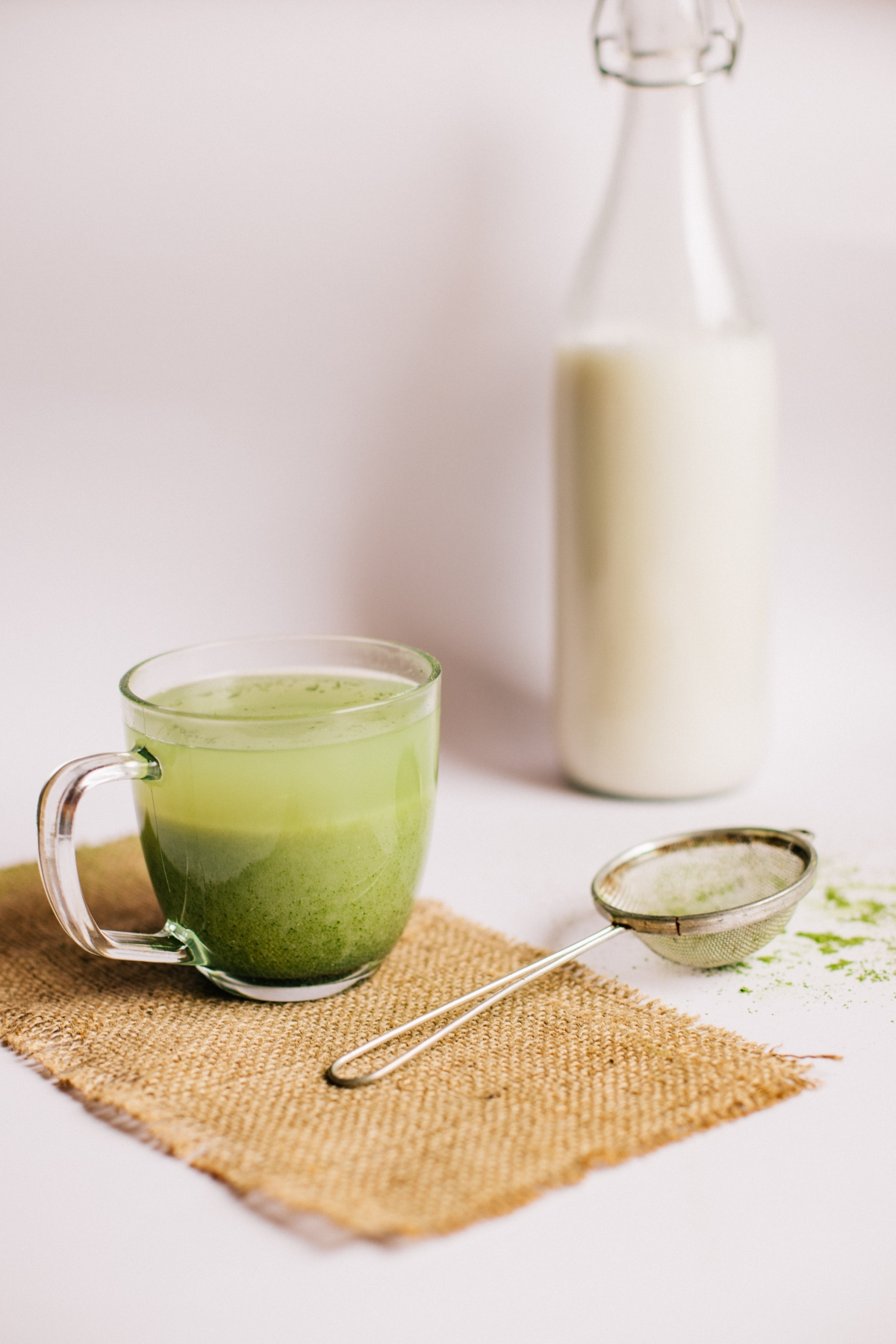
Wild Salmon: An excellent source of the powerful antioxidant astaxanthin (which gives it its pink hue) and marine-based omega-3 fatty acids (EPA and DHA), known for their potent anti-inflammatory effects.
Walnuts & Flaxseeds: These plant-based powerhouses provide a different type of omega-3 called ALA. While the body can convert ALA to EPA and DHA, the process is not very efficient.
For direct anti-inflammatory skin benefits, oily fish is superior, but walnuts and flaxseeds offer a fantastic alternative, especially for those on a plant-based diet.
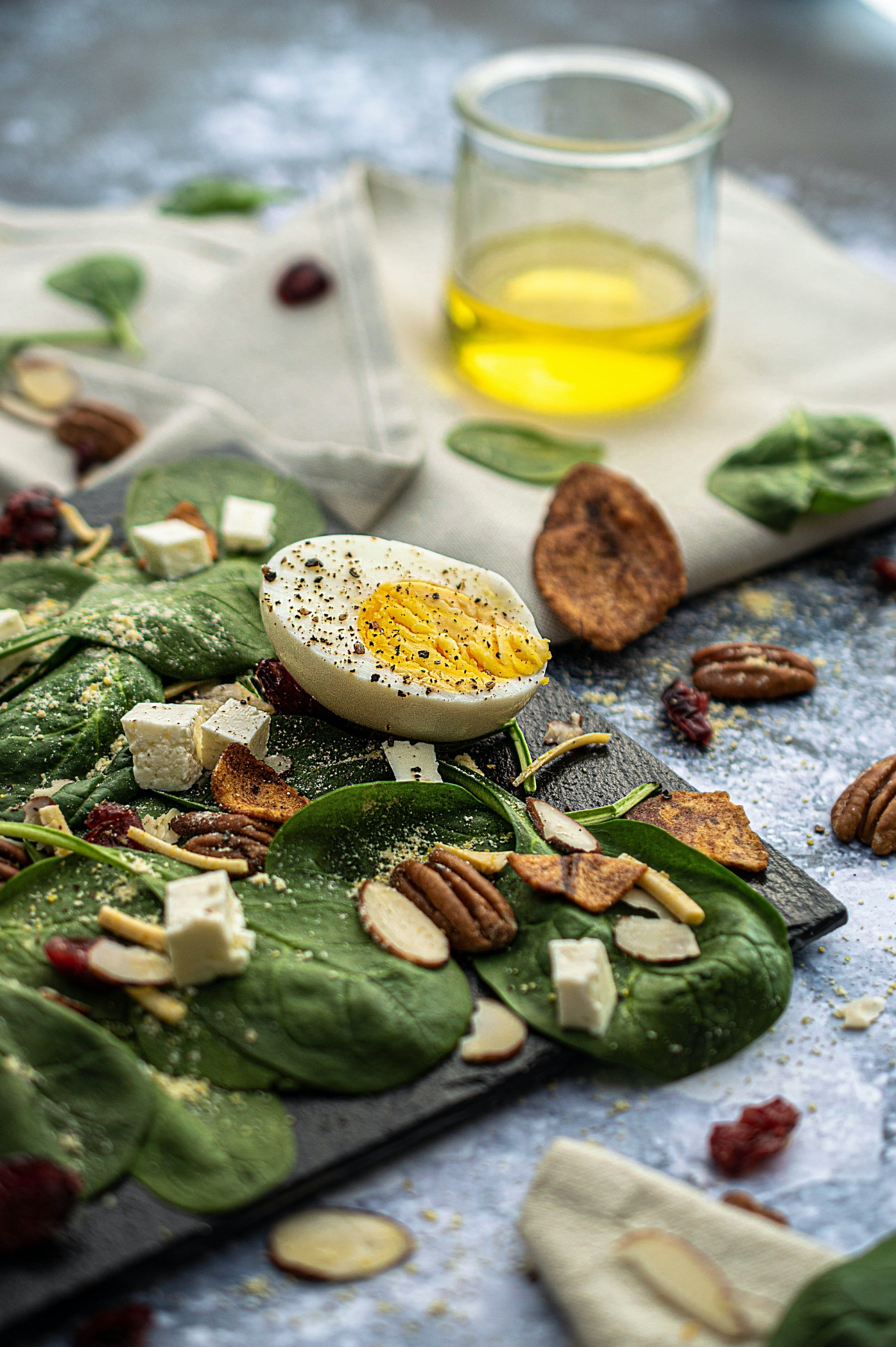
Think of your plate as a painter’s palette. The most vibrant, deeply colored fruits and vegetables are often the richest in the very antioxidants that help your skin fend off environmental stressors. Aim to

- Helps neutralize a wider range of free radicals than many other antioxidants.
- Supports skin moisture and elasticity from within.
- Reduces the inflammatory response triggered by UV exposure.
The source? Astaxanthin. This incredibly potent carotenoid is found in microalgae and is what gives salmon, krill, and flamingos their pinkish-red color. While you get some from eating wild salmon, concentrated supplements are a popular way to boost your intake.

Good news for chocolate lovers: the flavanols in dark chocolate can improve skin hydration and circulation, offering a small but measurable degree of photoprotection. The key is choosing the right kind: opt for a bar with at least 70% cacao content and minimal sugar. Brands like Hu Kitchen or Taza Chocolate focus on high-quality, minimally processed cacao, ensuring you get more of the beneficial compounds and less of the inflammatory sugar.
The Mediterranean diet, rich in olive oil, fish, nuts, fruits, and vegetables, is consistently linked with lower rates of melanoma in observational studies.










